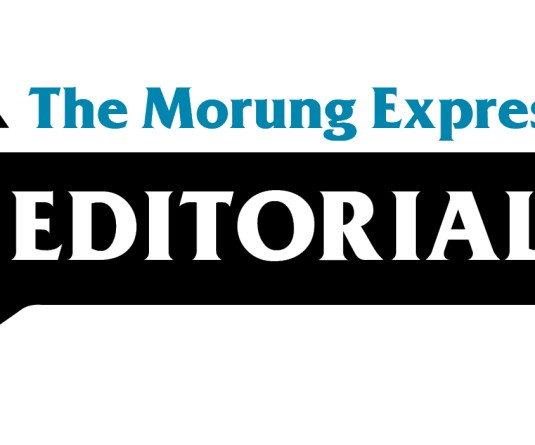
Imkong Walling
Till a few a years ago, the failure that is the Nagaland Liquor Total Prohibition (NLTP) Act was taboo to talk about. It was, and is, as clear as day but hardly anyone dared bring it up. The government folks, in particular, steered clear of it, let alone making the slightest mention of a review.
But of late, people are becoming louder and bolder with even civil society organisations and sitting legislators calling for revisiting the failed Prohibition law.
The closest the government came to reviewing the NLTP Act was during the PDA regime (2018-2023). The state government had constituted a committee in November 2018 to “study issues related to the implementation of the Nagaland Total Liquor Prohibition Act, 1989.”
By all accounts, it was designed to be a comprehensive assessment with the committee assigned to study all alcohol-related aspects, including health, consumption trend and revenue. The committee, headed by the Chief Secretary, went to work roping in the Health & Welfare (H&FW) Department, including the Food Safety Cell, and the Department of Excise and Prohibition.
The job of the H&FW was to report on the health concern, while the Food Safety Cell was directed to collect and analyse different brands of illicit alcohol found in the state. An Excise team was assigned to study the “Excise system” in other states.
The study culminated sometime in mid-2021, with the committee producing a report on “alcohol impact,” besides consumption trend analysis and revenue prospects. The reports, which were not made public, pointed to the obvious proliferation of spurious and increased alcohol-induced ailments and casualty in the state. It found that 70 percent of a batch of assorted IMFL failed to meet quality standard as specified by the Food Safety and Standards (Alcoholic Beverages) Regulations, 2018.
The health impact report was based on data from two government hospitals. It found that 30-40 percent of all admissions in the Dimapur District Hospital in 2019 were related to alcohol, while 5 percent of all deaths in the NHAK were attributed to alcohol abuse.
Apparently, the government’s intention was to reveal the findings at the consultative meeting on the NLTP with the CSOs in early 2022 and follow it up by pitching for reviewing the Act in the 2022 Budget Session. The meeting with the CSOs happened but as the Budget session neared, it reportedly got cold feet, putting the brakes on a closely guarded 4 year-old plan.
The chatter on the NLTP Act has most often revolved around the pros and the cons with both sides of the divide coming up with rather convincing arguments, the recent chatter in the lead up to the monsoon Assembly session being one.
The Act has been like force-feeding hunger strikers, while the church considers it a moral necessity. But it cannot continue like this and there has to be a way out.
Speaking of solutions, a comprehensive research based on the ground reality would be a way out of the contentious affair. It could include collating and comparing life prior to and post the Act in Nagaland.
It is time the church allows the government (people) some room for an unbiased evidence-based study to put to rest the debate.
Moreover, the legislators, who have spoken out against the Act, should as well air their views in the Assembly.
The writer is a Principal Correspondent at The Morung Express. Comments can be sent to imkongwalls@gmail.com






